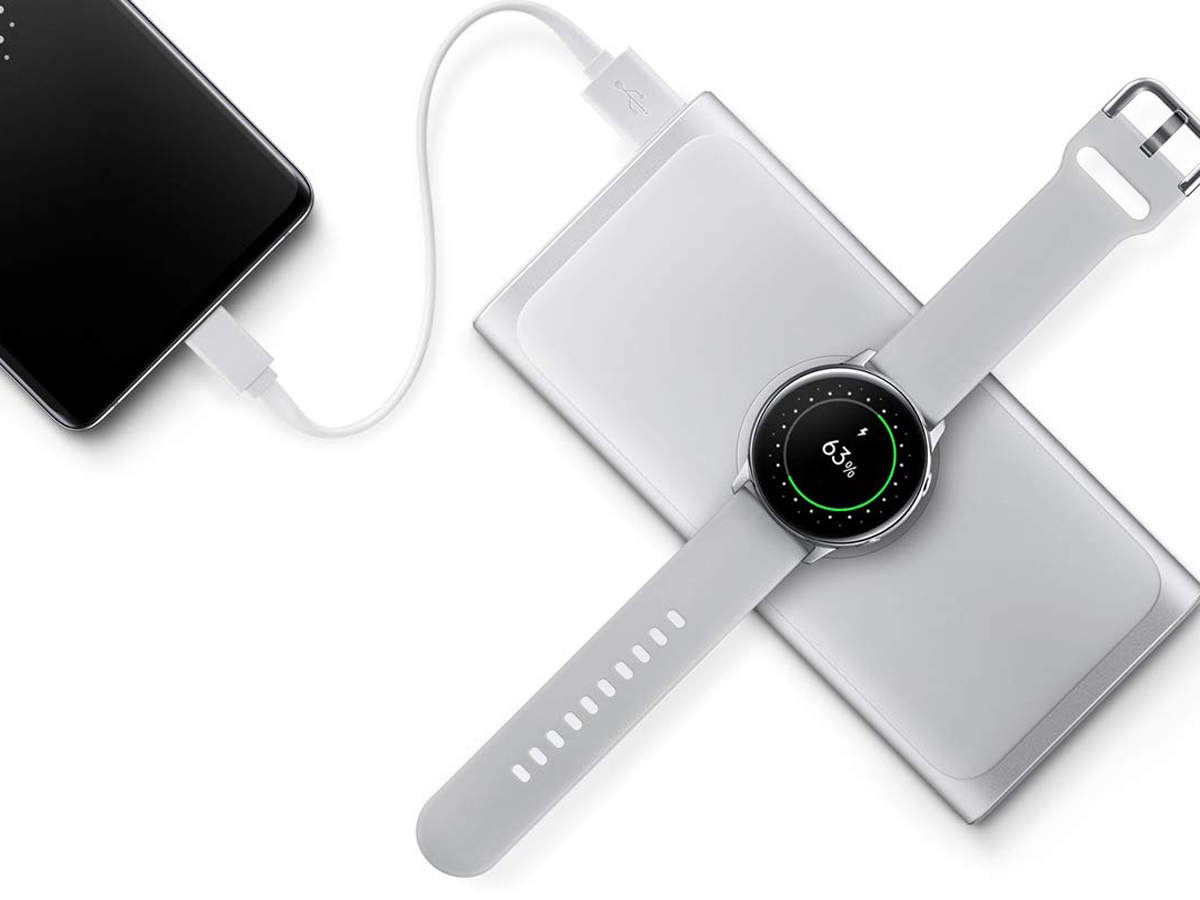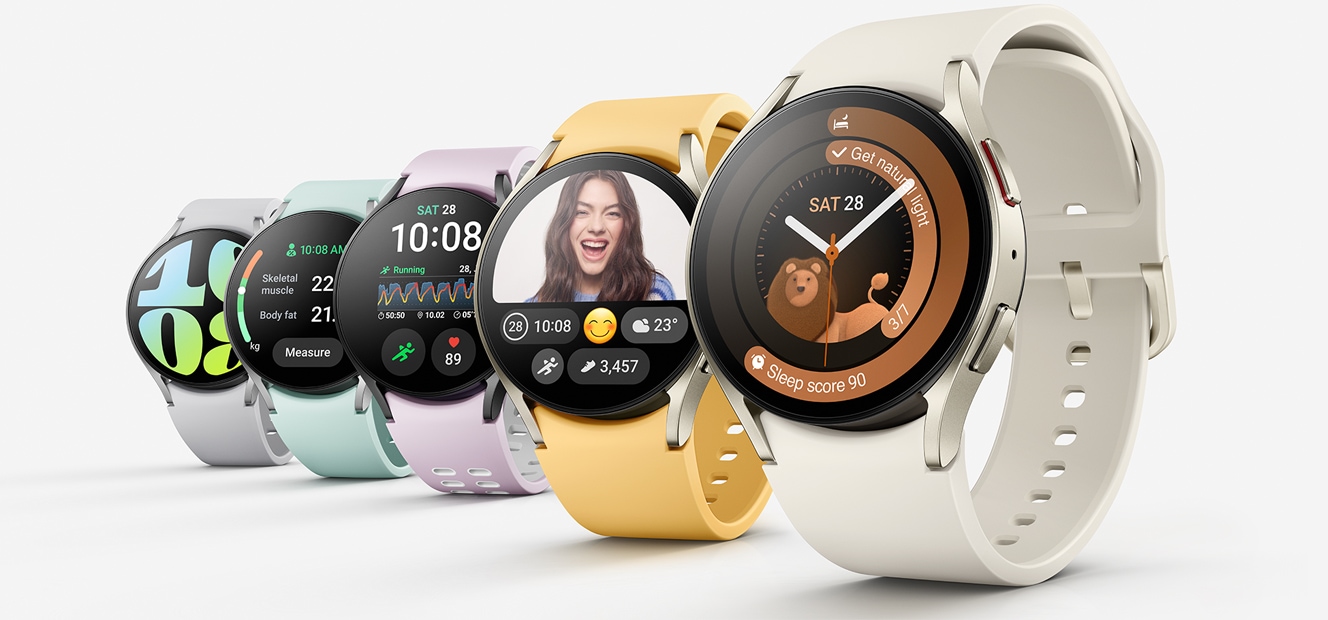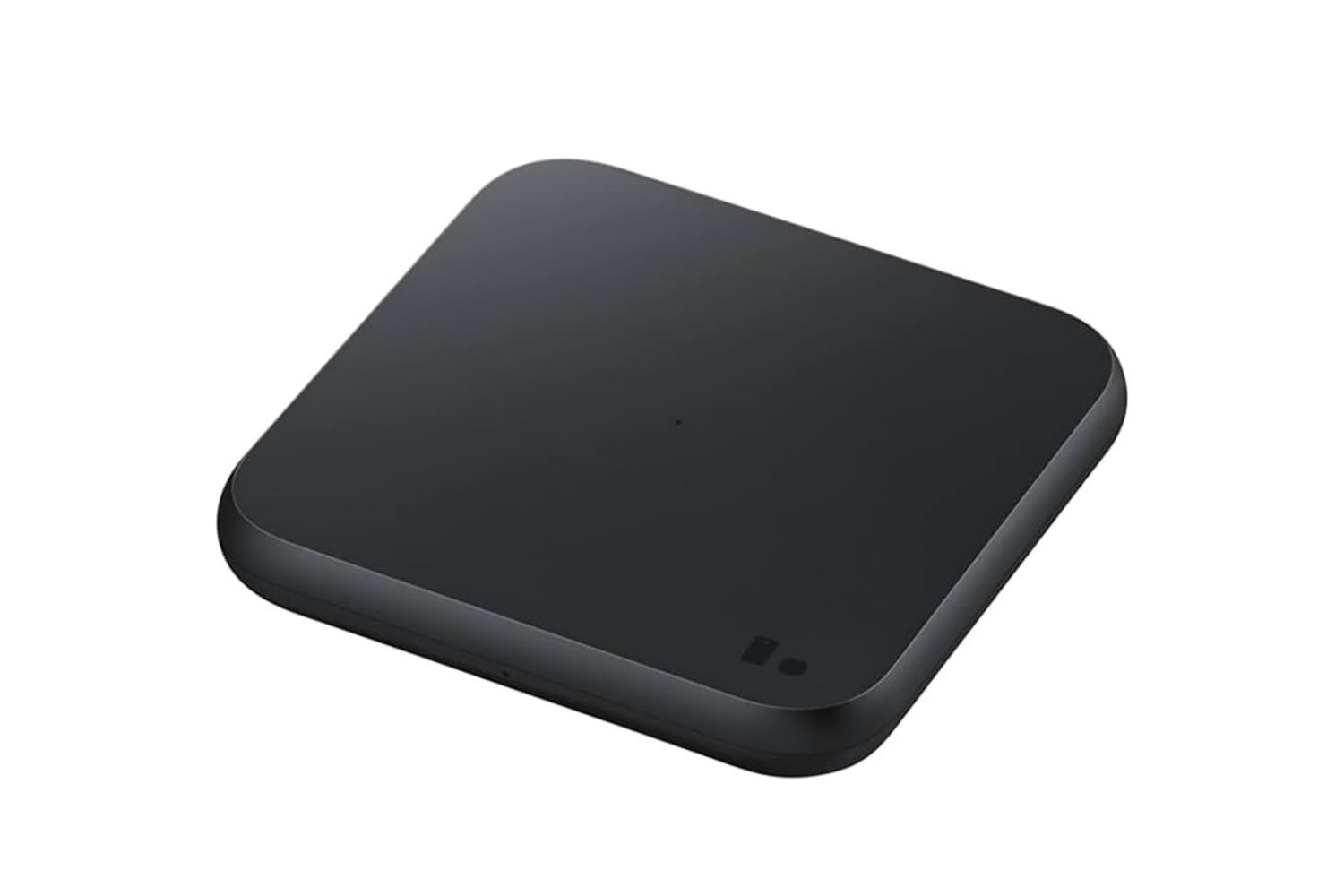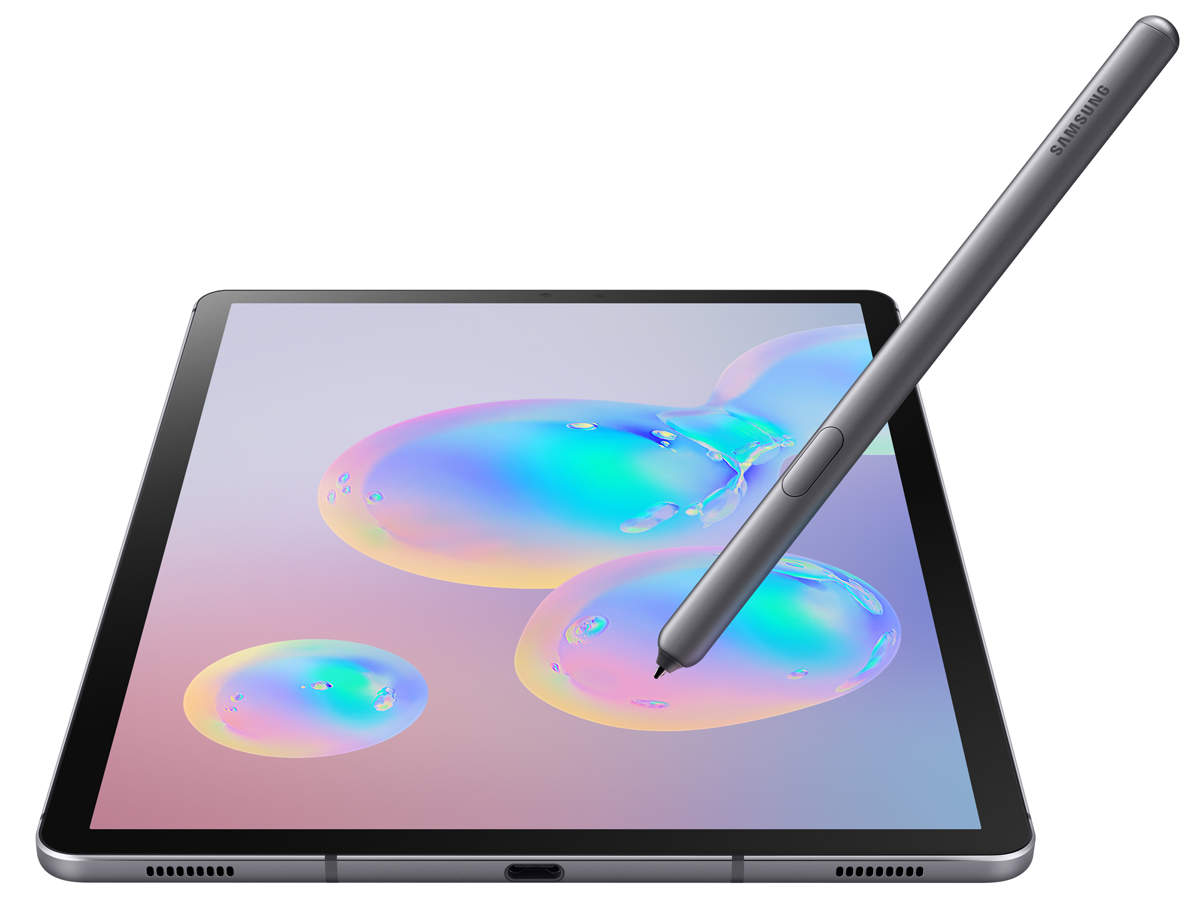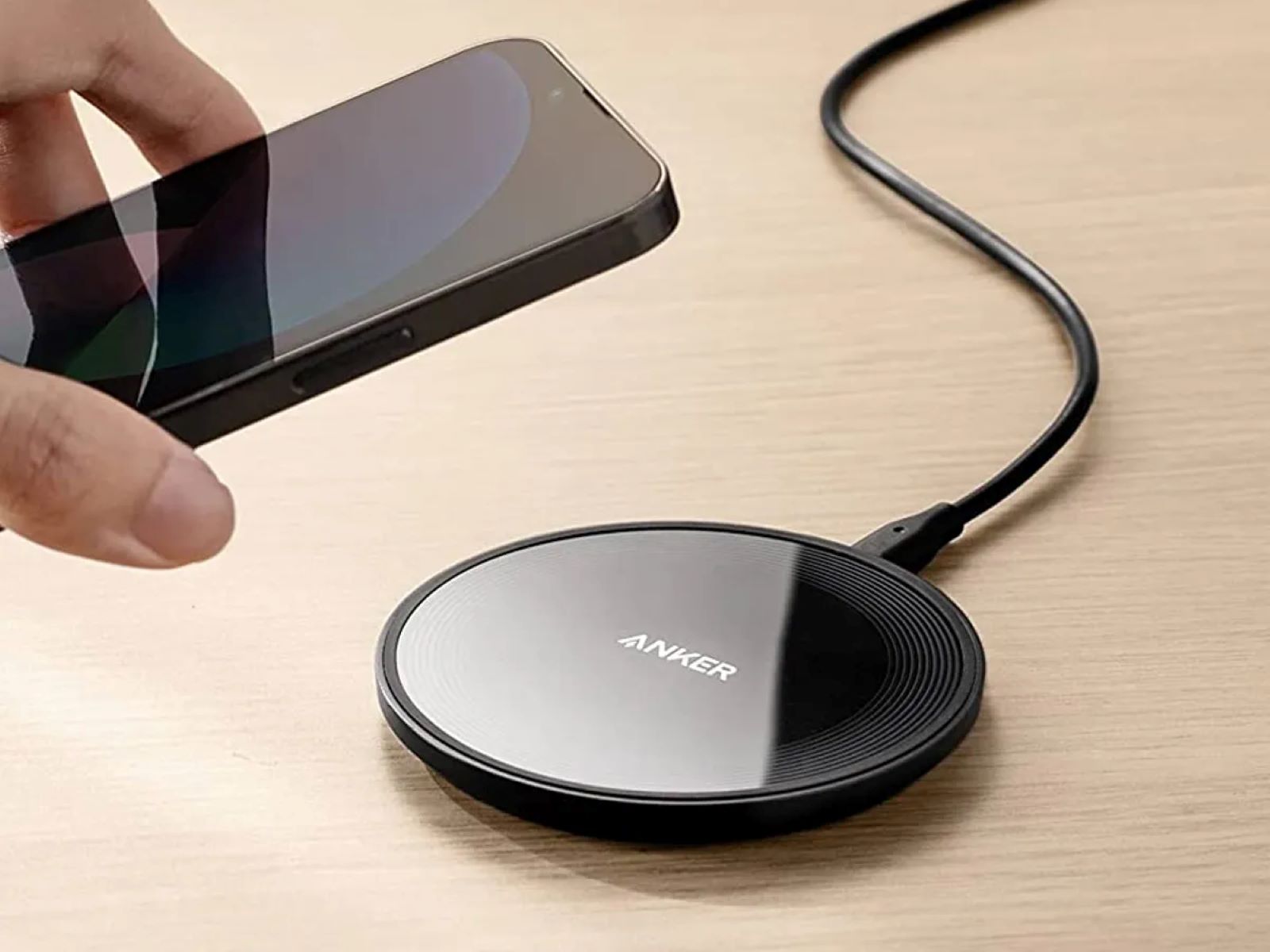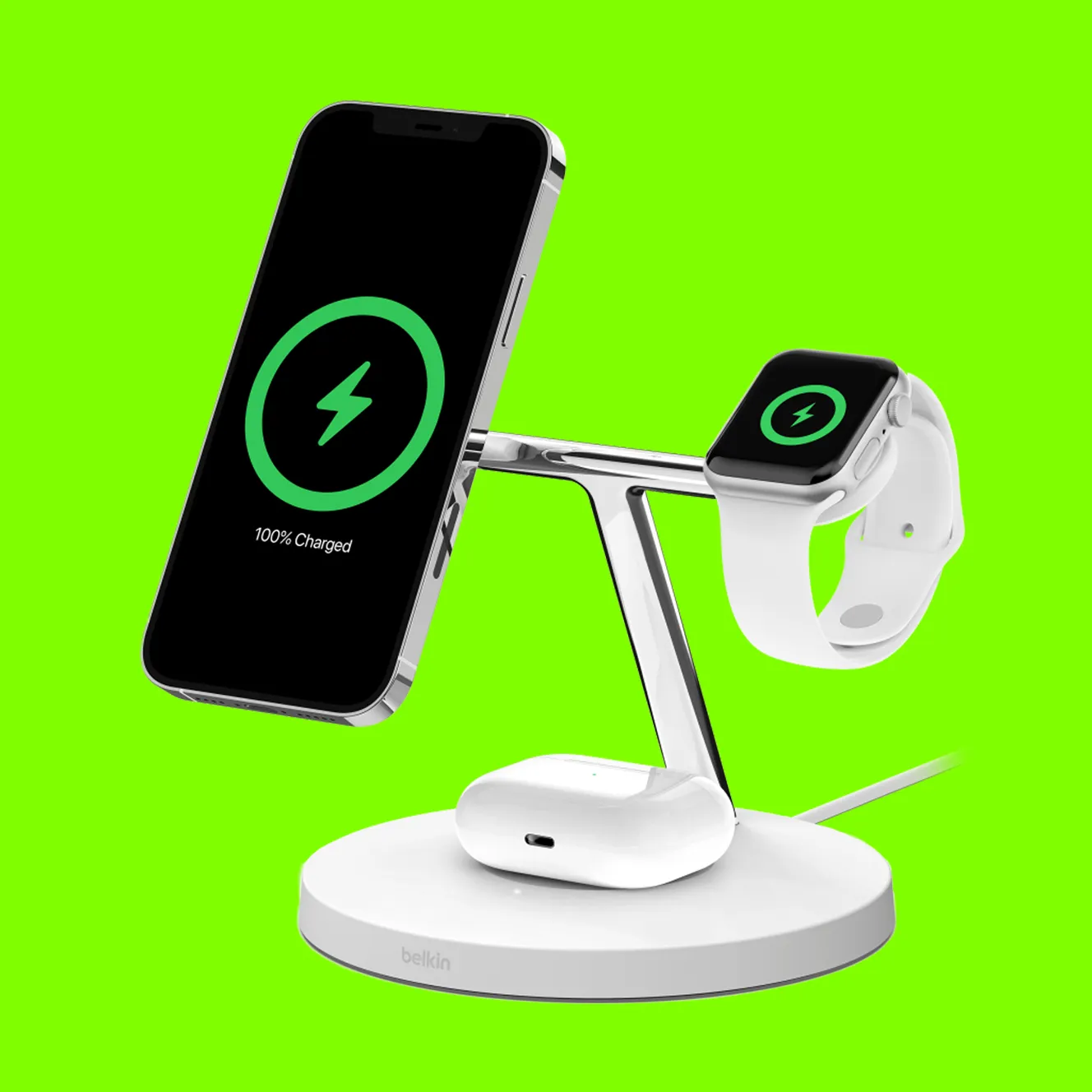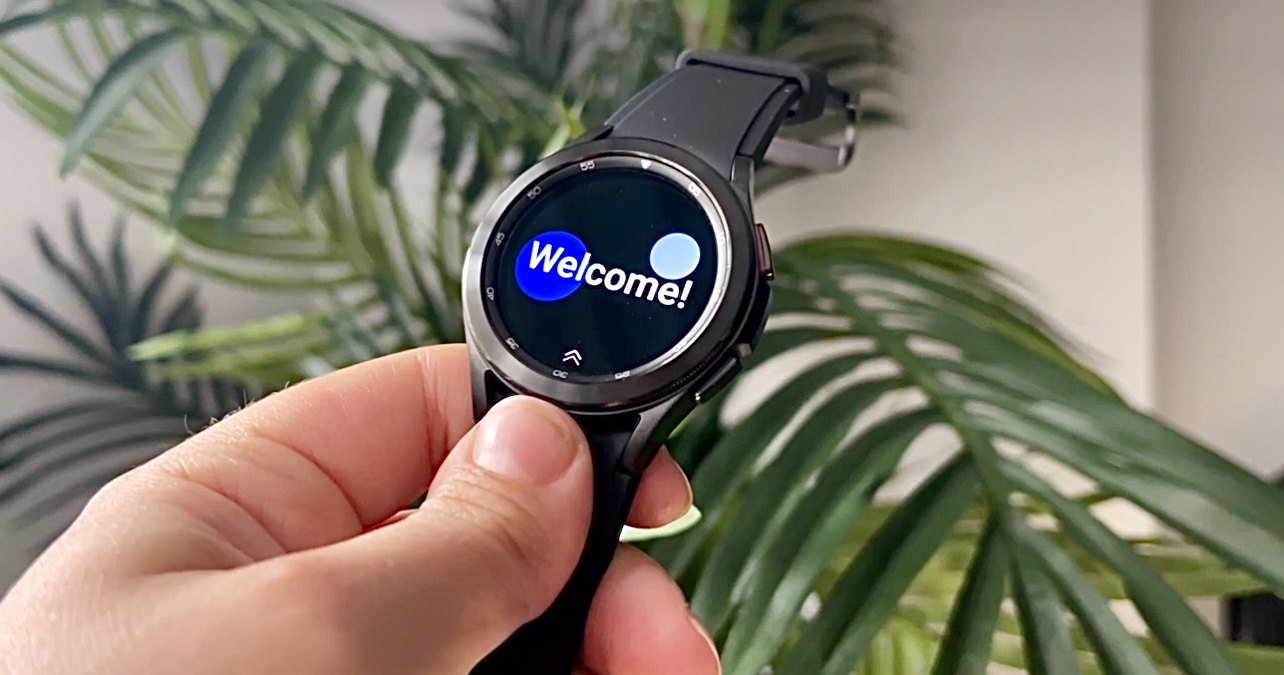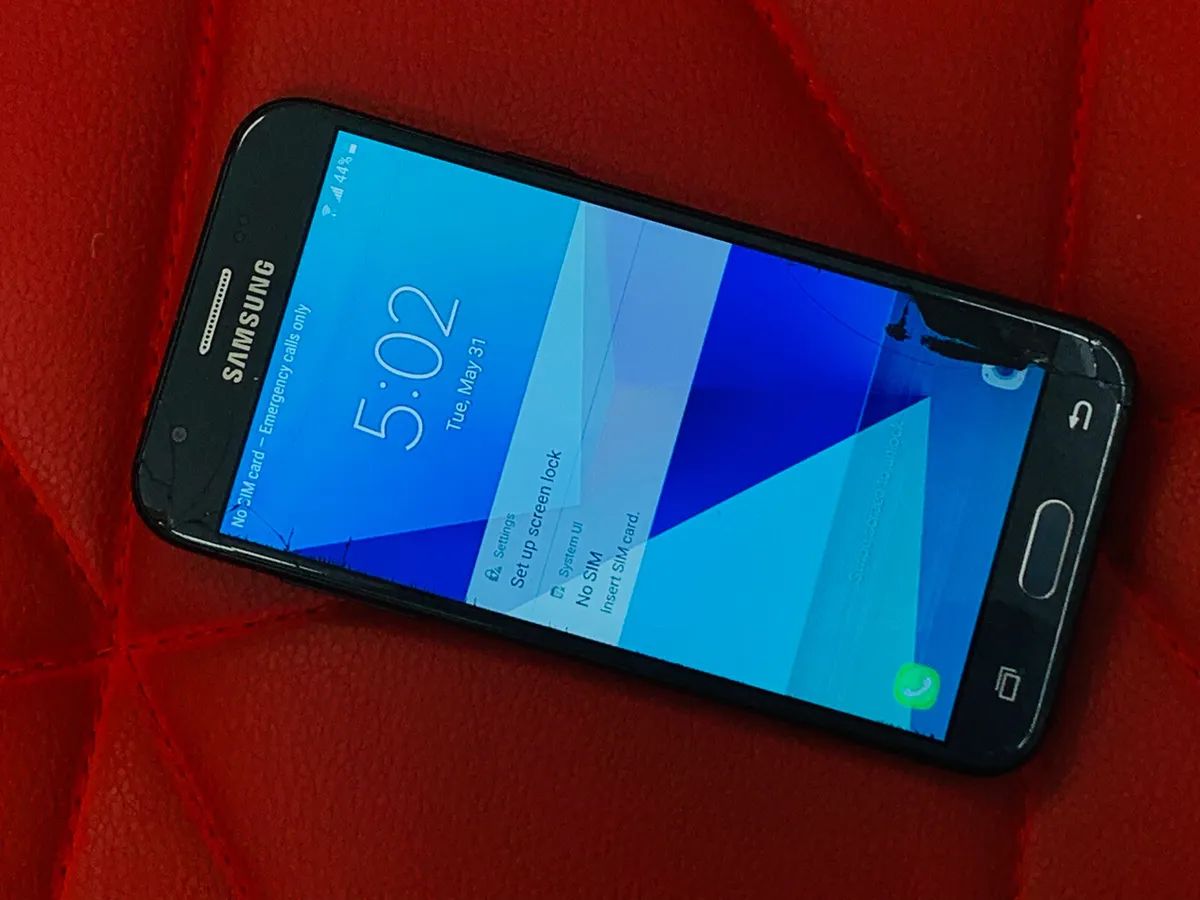Introduction
Welcome to our guide on how to charge a Samsung Galaxy Watch! The Samsung Galaxy Watch is a popular smartwatch known for its sleek design, powerful features, and impressive battery life. Whether you’re a fitness enthusiast, a tech-savvy individual, or simply someone who appreciates a stylish timepiece, the Galaxy Watch has something to offer.
One of the key aspects of maintaining the Galaxy Watch’s functionality is ensuring that it’s properly charged. In this guide, we’ll walk you through the steps to charge your Samsung Galaxy Watch, using the included wireless charging dock. We’ll also provide you with tips on how to maximize your watch’s battery life, so you can enjoy using it for longer periods between charges.
With its wireless charging capabilities, charging your Samsung Galaxy Watch is as convenient as it gets. Gone are the days of fumbling with cables and connectors. Simply place your watch on the charging dock, and let the magic happen. But before we dive into the specifics of charging, let’s first understand the battery capacity of the Samsung Galaxy Watch and what it means for your charging routine.
Understanding the Samsung Galaxy Watch’s battery capacity
Before delving into the charging process, it’s essential to understand the battery capacity of your Samsung Galaxy Watch. The Galaxy Watch comes with a built-in battery that typically lasts for multiple days on a single charge, depending on usage and settings.
The battery capacity of the Samsung Galaxy Watch is measured in milliampere-hour (mAh). The latest models, such as the Galaxy Watch 3, feature a larger battery capacity compared to earlier versions. The exact battery capacity may vary depending on the specific model you own, but it typically ranges from 247mAh to 472mAh.
The battery capacity directly impacts how long your watch can function before requiring a recharge. For example, if you have a 300mAh battery and your watch consumes 10mAh per hour, you can expect it to last for approximately 30 hours on a full charge.
To ensure you have a rough idea of your watch’s battery life, it’s a good practice to estimate the average power consumption. Keep in mind that various factors, such as screen brightness, active apps, and usage patterns, can influence the actual battery life.
Now that you have an understanding of the Samsung Galaxy Watch’s battery capacity, let’s move on to the charging process using the wireless charging dock that comes with the watch.
Using the included wireless charging dock
The Samsung Galaxy Watch is designed to be charged wirelessly using the included charging dock. This eliminates the need for cables and makes the charging process effortless and convenient.
To use the wireless charging dock, follow these simple steps:
- Plug the charging dock’s cable into a power source, such as a wall adapter or a USB port on your computer.
- Ensure that the charging dock is powered on and ready to charge.
- Place the Samsung Galaxy Watch on the charging dock, aligning the back of the watch with the magnetic charging pad on the dock.
- Once the watch is properly placed on the dock, a charging icon will appear on the watch’s screen, indicating that it’s charging.
It’s important to note that the charging dock should be used with the original Samsung charger or a compatible charger that provides sufficient power output. Using a charger with inadequate power output may result in slower charging times or unsuccessful charging altogether.
When using the wireless charging dock, make sure that the watch is in direct contact with the charging pad on the dock. Avoid placing any objects, such as cases or other devices, between the watch and the dock, as this may interfere with the charging process.
Now that you know how to use the wireless charging dock, let’s move on to the next section where we’ll discuss some important dos and don’ts to ensure proper handling of the charging dock.
Ensuring proper handling of the charging dock
Proper handling of the charging dock is crucial in maintaining its functionality and ensuring a seamless charging experience for your Samsung Galaxy Watch. Here are some important tips to keep in mind:
- Handle the charging dock with care and avoid dropping it or subjecting it to unnecessary force. The dock is designed to be durable, but rough handling can cause damage to its components.
- Keep the charging dock away from liquids and moisture. Exposure to water or other liquids can damage the dock and pose a safety risk.
- Avoid exposing the charging dock to extreme temperatures. High heat or extreme cold can affect the performance and longevity of the dock. Optimal operating temperatures should be mentioned in the user manual.
- Ensure the charging dock’s cable is not twisted or bent excessively. This can cause the cable to fray or break over time. If you notice any damage to the cable, it’s recommended to replace it with a new one to prevent any charging issues.
- Regularly clean the charging dock and the charging pad to remove any dirt, dust, or debris that may accumulate over time. Use a soft, dry cloth to gently wipe the surfaces and ensure a good connection between the watch and the dock.
By following these guidelines, you can ensure the longevity and optimal performance of the charging dock. Now that you’re familiar with handling the dock, let’s move on to the next section where we’ll discuss how to properly place your Samsung Galaxy Watch on the charging dock.
Placing the Samsung Galaxy Watch on the charging dock
Now that you have the charging dock ready, it’s time to place your Samsung Galaxy Watch on it for charging. Properly positioning the watch on the dock ensures a secure connection and efficient charging. Here’s how you can do it:
- Locate the magnetic charging pad on the charging dock. It’s usually positioned in the center or slightly towards the top.
- Hold the watch with one hand and position it so that the back of the watch aligns with the charging pad on the dock.
- Ensure that the charging pins on the back of the watch make contact with the corresponding connectors on the charging pad. You may hear or feel a slight click when the connection is secure.
- Gently place the watch onto the charging pad, making sure it sits flat and doesn’t wobble or tilt.
The magnetic connection between the watch and the charging pad helps keep the watch in place while charging, minimizing any chances of accidental disconnection. This ensures a consistent charging experience without interruptions.
It’s important to note that some watch bands or cases may interfere with the charging process. If you’re using a third-party band or case, make sure it doesn’t obstruct the charging contacts on the back of the watch or prevent it from sitting securely on the charging pad.
Once the watch is properly placed on the charging dock, the charging icon should appear on the watch’s screen, indicating that the charging process has begun. You can now monitor the charging progress and wait for your Samsung Galaxy Watch to fully recharge.
In the next section, we’ll discuss how you can monitor the charging progress on your Samsung Galaxy Watch.
Monitoring the charging progress
While your Samsung Galaxy Watch is charging on the dock, you may want to monitor the charging progress to know how much time is remaining until it reaches a full charge. Here are a few ways you can keep track of the charging progress:
- On the watch screen: When the watch is connected to the charging dock, it will display a battery icon with a percentage indicating the current charge level. You can simply glance at your watch to see the progress.
- Using the Samsung Galaxy Wearable app: If you have the Samsung Galaxy Wearable app installed on your smartphone, you can open it and navigate to the “Device” tab or a similar section. Here, you’ll find detailed information about the battery status, including the charging percentage and estimated time until full charge.
- Using a watch face with a built-in battery indicator: Some watch face designs allow you to add a battery indicator widget that displays the charging status on the watch screen itself. Explore the available watch face options and consider choosing one that includes this feature if it suits your preferences.
By keeping an eye on the charging progress, you can plan your activities accordingly and ensure that your Samsung Galaxy Watch is fully charged when you need it.
Once the battery reaches 100% or an optimal charge level for your usage, you can safely remove the watch from the charging dock. In the next section, we’ll guide you on how to do so without any hassle.
Removing the Samsung Galaxy Watch from the charging dock
When your Samsung Galaxy Watch has finished charging, it’s essential to remove it from the charging dock correctly. Here’s how you can safely remove your watch without any risk of damage:
- First, make sure the watch is no longer connected to a power source. Disconnect the charging dock’s cable from the power outlet or the USB port it was connected to.
- Gently lift the watch from the charging dock, ensuring that you don’t pull or tug on the cable or the charging dock itself.
- Inspect the watch and charging dock for any dirt, debris, or moisture. If you notice any, use a soft, dry cloth to clean both the watch and the charging dock before storing them.
It’s important to handle the watch with care when removing it from the charging dock. Avoid squeezing or applying excessive force to the watch or its components to prevent accidental damage.
If you’re using a third-party band or case, take extra caution when removing the watch to ensure that it doesn’t get caught or snagged on anything. Gently slide the watch off the charging pad, making sure it’s free from any obstructions.
With your Samsung Galaxy Watch safely removed from the charging dock, you’re now ready to enjoy all the features and functionalities it has to offer.
In the next section, we’ll provide you with some valuable tips to help you maximize the battery life of your Galaxy Watch and extend the time between charges.
Tips for maximizing battery life
While the Samsung Galaxy Watch offers impressive battery life, there are several steps you can take to maximize its longevity and extend the time between charges. Here are some useful tips:
- Adjust screen brightness: Lowering the screen brightness can significantly reduce battery consumption. Consider setting the screen to a level that is comfortable for your viewing needs while conserving power.
- Use a watch face with minimal animations: Watch faces with complex animations and interactive elements may drain the battery faster. Opt for simpler watch face designs to minimize power usage.
- Manage app notifications: Review the notifications you receive on your watch and customize them to only display the ones that are essential. Reducing unnecessary notifications can help preserve battery life.
- Disable always-on display: The always-on display feature allows you to constantly see the time without needing to raise your wrist. However, it consumes more power. If battery life is a priority, consider disabling this feature.
- Limit GPS usage: Using GPS for tracking workouts or navigation can have a significant impact on battery life. If you don’t need GPS, consider turning it off or using it sparingly.
- Keep software up to date: Regularly update your Samsung Galaxy Watch’s software to ensure it benefits from performance optimizations and battery-saving enhancements provided by firmware updates.
- Turn off unused features: Disable features that you don’t frequently use, such as Wi-Fi, NFC, or continuous heart rate monitoring. These features consume additional power and may not be necessary for your day-to-day use.
- Manage app usage: Be mindful of the apps you install on your watch and their impact on battery life. Some apps, especially those that frequently sync in the background, can consume more power. Uninstall or disable unnecessary apps to reduce battery drain.
- Avoid extreme temperatures: Exposure to extreme heat or cold can degrade the battery’s performance. Avoid leaving your watch in excessively hot or cold environments, as this can negatively impact its battery life over time.
Implementing these tips can help you get the most out of your Samsung Galaxy Watch’s battery life, ensuring that it remains charged and ready for your daily activities.
Now that you’re equipped with these battery-saving strategies, you can enjoy extended usage between charges and make the most out of your smartwatch.
Conclusion
Charging your Samsung Galaxy Watch is a straightforward and convenient process thanks to its wireless charging capabilities. By using the included charging dock and following the proper handling techniques, you can ensure a seamless charging experience and prolong the lifespan of your watch.
Understanding the battery capacity of your Galaxy Watch allows you to estimate its battery life and plan your charging routine accordingly. Monitoring the charging progress and removing the watch from the dock correctly helps maintain its functionality and prevents any accidental damage.
In addition, implementing tips for maximizing battery life can help you extend the time between charges and make the most out of your Samsung Galaxy Watch. Adjusting screen brightness, managing app notifications, and disabling unused features are just a few practices that can contribute to prolonged battery life.
With these guidelines and best practices in mind, you’re now equipped to effectively charge your Samsung Galaxy Watch and optimize its battery performance. Enjoy the seamless functionality, stay connected, and make the most out of your smartwatch’s impressive features!







